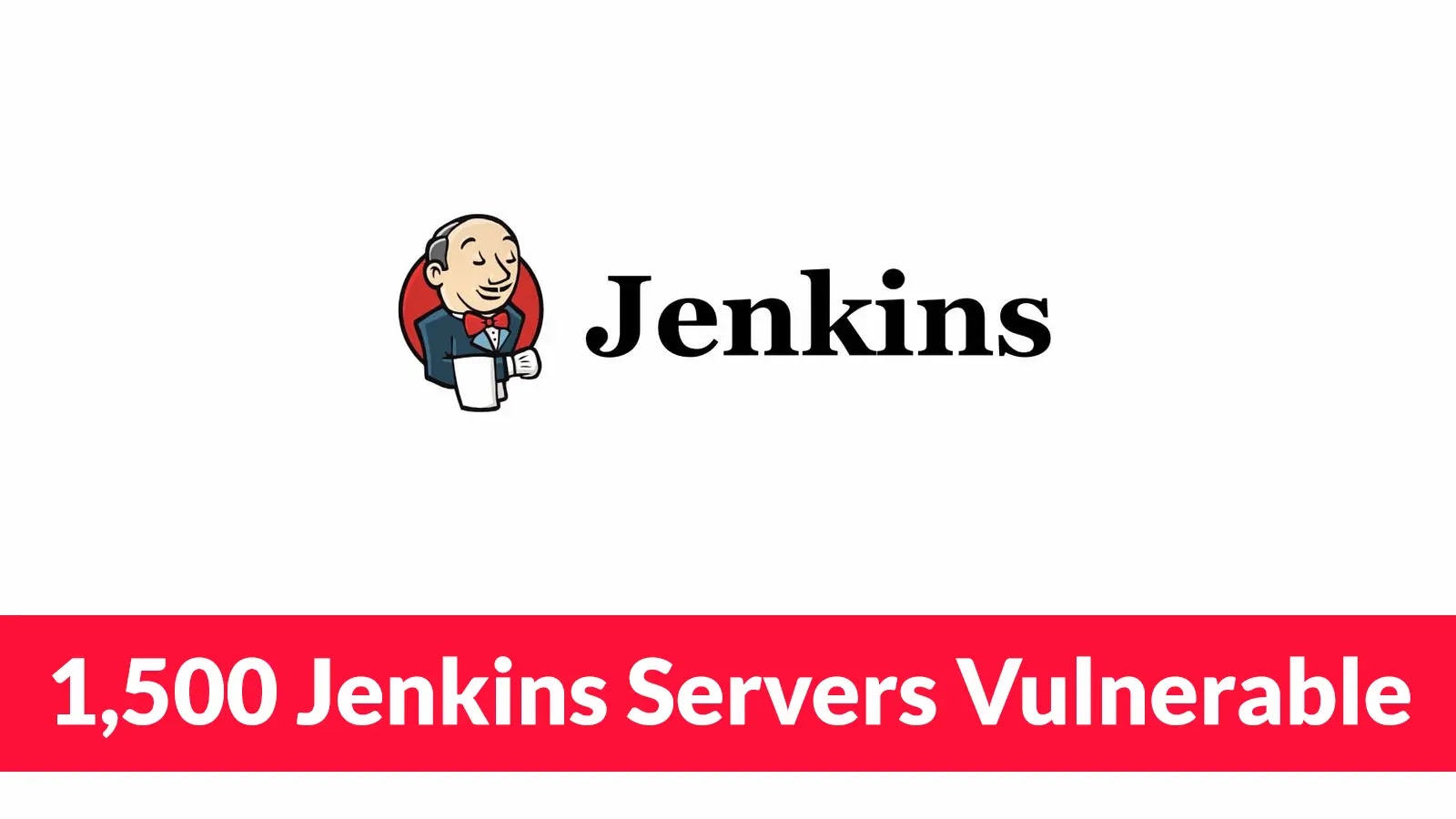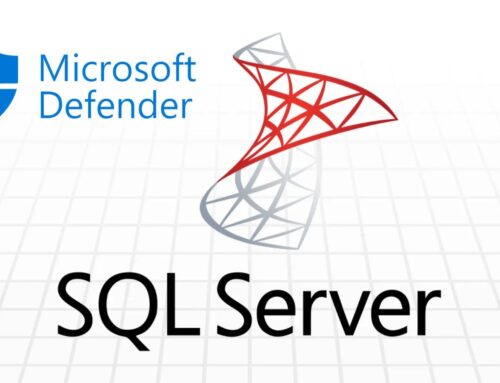
15,00 Jenkins Servers With Vulnerable Git Parameter Plugin Enables Command Injection
Thousands of Jenkins Servers at Risk: Understanding the Git Parameter Plugin Command Injection Vulnerability
A critical security vulnerability has emerged, placing thousands of Jenkins servers worldwide under significant threat. This flaw, discovered in the widely-used Git Parameter plugin, enables unauthenticated attackers to execute arbitrary commands on vulnerable systems. Organizations relying on Jenkins for their CI/CD pipelines must immediately address this critical security exposure to prevent severe data breaches and operational disruptions.
CVE-2025-53652: A Deeper Dive into the Vulnerability
Identified as CVE-2025-53652, this vulnerability was initially classified as medium severity but its potential impact elevates its true risk to critical. The core of the problem lies within insufficient input validation in the parameter definitions of the Git Parameter plugin. Malicious actors can exploit this weakness by injecting crafted input through seemingly innocuous parameter fields. This input, improperly sanitized, allows for the execution of arbitrary commands on the underlying operating system where Jenkins is running.
The Git Parameter plugin is fundamental for many Jenkins users, enabling dynamic selection of Git branches, tags, or commits within build jobs. Its widespread adoption means a broad attack surface, making this vulnerability particularly concerning for enterprises managing extensive development and deployment infrastructures.
Understanding the Attack Vector and Potential Impact
The command injection vulnerability allows an attacker to break out of the intended scope of the Git Parameter plugin. By injecting special characters and commands into the input fields, attackers can trick the Jenkins server into executing system commands. For example, an attacker might inject commands to:
- Retrieve sensitive configuration files.
- Create new administrative users.
- Download and execute malicious payloads.
- Establish persistent backdoors.
- Wipe data or disrupt continuous integration/continuous delivery (CI/CD) pipelines.
The ability to execute arbitrary commands on a Jenkins server provides attackers with a high degree of control, potentially leading to complete system compromise, data exfiltration, or even the use of the compromised server as a pivot point for further attacks within the corporate network.
Identifying Vulnerable Systems and Mitigation Strategies
Organizations must act swiftly to identify and remediate vulnerable Jenkins instances. The primary indicator of vulnerability is the presence of the Git Parameter plugin and its specific version. Updating to a patched version is the most effective defense.
Remediation Actions
Immediate and decisive action is paramount to secure your Jenkins environment against this critical flaw:
- Update the Git Parameter Plugin: The most crucial step is to update the Git Parameter plugin to a version that addresses CVE-2025-53652. Monitor official Jenkins security advisories for the specific patched version.
- Review and Restrict Permissions: Implement the principle of least privilege for Jenkins users and build agents. Ensure that Jenkins only has the necessary permissions to perform its designated tasks and no more.
- Network Segmentation: Isolate Jenkins servers from the rest of your production network as much as possible. Use firewalls and network access controls to limit inbound and outbound connectivity.
- Input Validation Best Practices: Even after patching,
reinforce strong input validation practices for all user-supplied data within
Jenkins job configurations. While the plugin update addresses the core flaw, a
defense-in-depth approach is always recommended. - Regular Security Audits: Conduct frequent security audits and penetration tests of your Jenkins environment and CI/CD pipelines to identify and address potential weaknesses proactively.
- Monitor Jenkins Logs: Implement robust logging and monitoring for Jenkins access and activity logs. Look for unusual command execution, unauthorized access attempts, or modifications to job configurations.
Tools for Detection and Mitigation
Utilizing appropriate security tools can significantly aid in identifying and mitigating this vulnerability:
| Tool Name | Purpose | Link |
|---|---|---|
| Jenkins Security Advisories | Official source for vulnerability announcements and patch information. | https://www.jenkins.io/security/ |
| OWASP ZAP | Web application security scanner for identifying input validation and injection flaws. | https://www.owasp.org/www-project-zap/ |
| Nessus | Vulnerability scanner capable of detecting known vulnerabilities in web applications and services. | https://www.tenable.com/products/nessus/ |
| Clair | Open-source tool for static analysis of container images, useful for CI/CD environments. | https://github.com/quay/clair |
Protecting Your CI/CD Pipelines
The vulnerability affecting the Jenkins Git Parameter plugin underscores the critical importance of continuous security vigilance within CI/CD pipelines. This flaw, CVE-2025-53652, highlights how even seemingly innocuous
plugins can introduce severe risks. By prioritizing prompt updates, applying robust
security configurations, and maintaining a proactive security posture, organizations
can significantly reduce their exposure to such critical command injection
vulnerabilities and safeguard their development and operational integrity.
Regular security audits and a commitment to least privilege principles are
fundamental in fortifying any Jenkins deployment.





